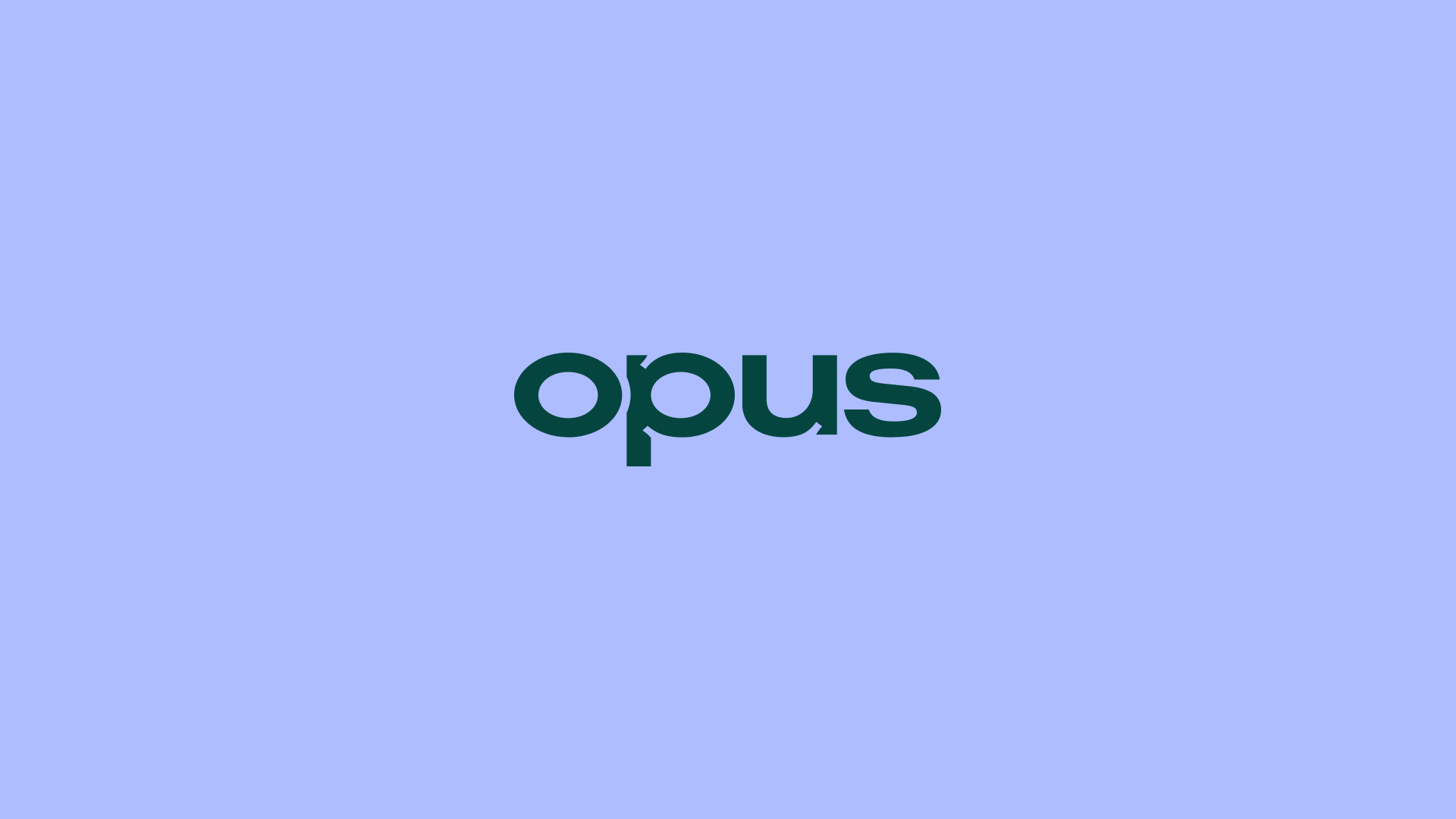Technology is an essential piece in training development, but it is only a drop in the ocean. We sat down with Sam Gonzalez, the Manager of Training and Communication at Gregorys Coffee for his strategies of training in his growth vertical, bakeries/cafes, and what L&D pros need in the toolbox of training.
Creating Strong Leaders In Your Frontline Team
“Everyone receives leadership training.” - Sam Gonzalez
Gregorys Coffee is taking a unique position in training. Where many training managers and L&D professionals may reserve leadership training near a promotional period, leadership training is the foundation of their training. All team members receive this form of training, regardless of their position or status. Sam realizes that leadership can be found in any frontline member. “You may have a part-time barista that is a leader on their floor. They’re able to manage the flow, work multiple stations, and lead their peers. They may have other passions outside of their 20 hours a week here, but why should we limit them?” He goes on to explain that they’ve “created a separate segment for leadership training. One that is more in-depth. I believe everyone should receive some version of leadership training, regardless of what your business ends up being for us."
Sam’s positioning in leadership training allows the frontline team to be ready and comfortable for their next venture; at Gregory’s Coffee and beyond. They have restructured their release training, where frontline workers are able to practice the skills they will need in higher positions before they are promoted. This strategy provides comfort, confidence, and preparedness for their team. The trainee no longer has to ask “am I doing this job correctly?”, because they have been practicing these skills long before their new position.
How Does Cafe Training Differ From Restaurant Training?
In the restaurant industry, training in the heart of the house is quite procedural. From food safety guidelines to menu roll-outs, line cooks and other frontline workers’ training tend to focus on standardization. Sam found that although bakeries/cafes participate in the same forms of training that QSRs or FSRs require, there are also additional strategies found in the retail industry.
When a customer enters a coffee shop, many times they have an idea of the kind of beverage they want. Frontline workers in this sector are encouraged to insert conversational pieces. When asking customers closed-ended questions, the likelihood of upselling a customer decreases. One technique Sam used in his training was putting a frontline worker on the register in an attempt to upsell the “customer”. Then, Sam does the training in reverse and attempts to upsell the frontline worker. In his strategy, the team member is shown hands-on how the type of conversation plays a large part in service and sales. Sam suggests, instead of asking a customer “do you want a blueberry muffin”, ask them “would you like a blueberry muffin that's freshly baked?” The results show that the latter is more likely to trigger a desire for this seemingly unique experience.
Reach and Retain Your Frontline
As the emphasis on the training industry grows, so does blending learning. Over years in the industry, Sam has witnessed a shift from paper-heavy training, to a tech-focused stack and a now more blended approach. Sam states, “Five-ten years ago, the focus was ‘how do we teach people to do things?’ in between that it was ‘how quickly can we make changes with technology?’ Now we’re getting back to a person-centered mindset.”
Sam understands the necessity of technology. He also understands that without the personal touch, L&D professionals won’t be able to everyone. “Technology is important, however, it is only one piece of the puzzle. If you solely rely on technology in your training, you will miss out on the other many other pieces of the puzzle. You'll never be able to hit every learner.”
Sam trains a diverse group of people: all different ages, experiences, comfort levels of technology and culture. How does he keep the engagement level of his frontline team? Training has to be “fun, engaging and sticky”, says Sam. Developing training content could sometimes feel rigid. At Gregorys Coffee, there is no one way to train. For Sam, testing out training techniques and materials for a few weeks, evaluating them, and taking stock of what works is a part of his training routine. The future of training in the food industry is not linear. It’s explorative, changing, and becoming more person-centered.
“My advice to folks who are just entering this industry: don't be afraid to try new things. The only way that we're going to move forward is to keep trying new things.”




.png)


